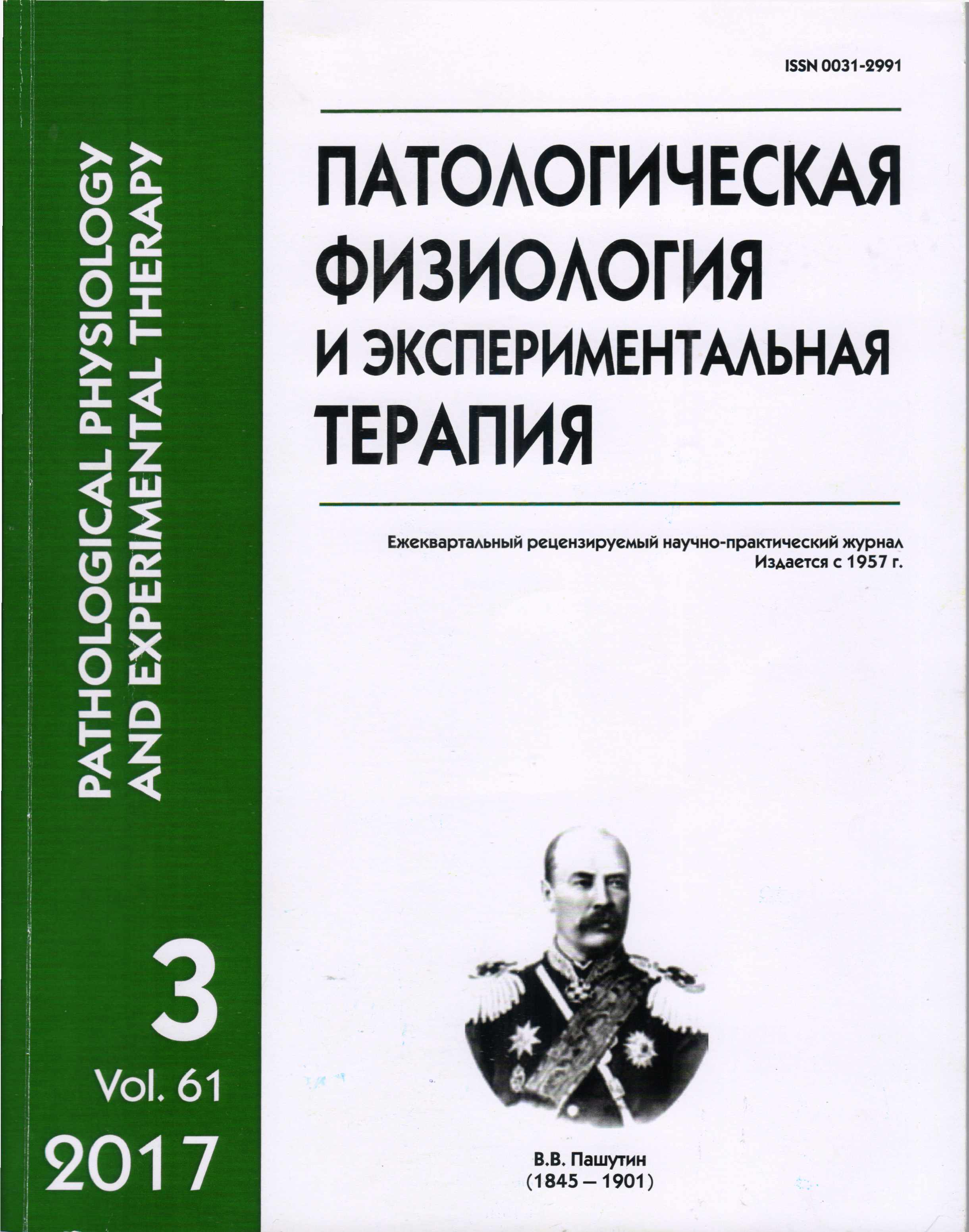The study of respiration function under trimeperidine treatment in composition of combined formulation in a model of experimental blast injury
Abstract
The purpose is to study respiratory function in isolated use of trimeperidine and as a part of a combined formulation in various doses in a model of experimental blast trauma. Methods. Experiments were carried out in a model of white non-linear male rats weighing 200‒240 g. The substance of trimeperidine and dexmedetomidine was used as analgetics. To study the influence of analgesic combination on respiration characteristics following traumatic shock the drugs were injected intramuscularly 15 min following trauma modelling. Doses if trimeperidine in monotherapy were 1,7 (1 ED99) and 13,6 mg/kg (8 ED99) and in combination - 0,574 (1 ED99) and 4,592 (8 ED99) with 2,8 и 22,4 mg/kg of dexmedetomidine respectively. The control group got saline. In dynamics the respiratory function of animals was registered as well as respiratory rate and volume which were also recorded before trauma (background), immediately following injury and 15, 30 min, 1, 2 and 24 hour following analgetics administration. The dynamics of oxygen saturation in blood (SpO2) and heart rate were also studied. Data registration was carried out in time-limits similar to study of respiration function 10‒15 sec following pulse wave stabilization. The original model of blast trauma was used in this research. It allows having both extensive injuries of soft tissues in laboratory animals as well as general commotiocontusionale syndrome. Results. It was shown that blast trauma leads to an increase of volume of breath per minute due to rapid rate decrease with simultaneous retention of level of respiratory volume. The administration of trimeperidine in maximum daily dose induces 5-fold reduction of volume of breath per minute in comparison with controls. The injection of the drug was accompanied by the development of an acute respiratory failure (III degree) in majority of animals and death of the half of the group. The application of combined analgesic formulations allows decreasing a dose of narcotic analgetics and enhancing safety of analgesic aid in a system of medical-evacuation measures. Conclusion. The application of experimental combined analgesic combination of trimeperidine and dexmedetomidine enables to preserve minute lung volume parameters mainly due to retention of respiratory movement rate; it also inhibits the progression of arterial hypoxemia and prevents from death of the animals.






